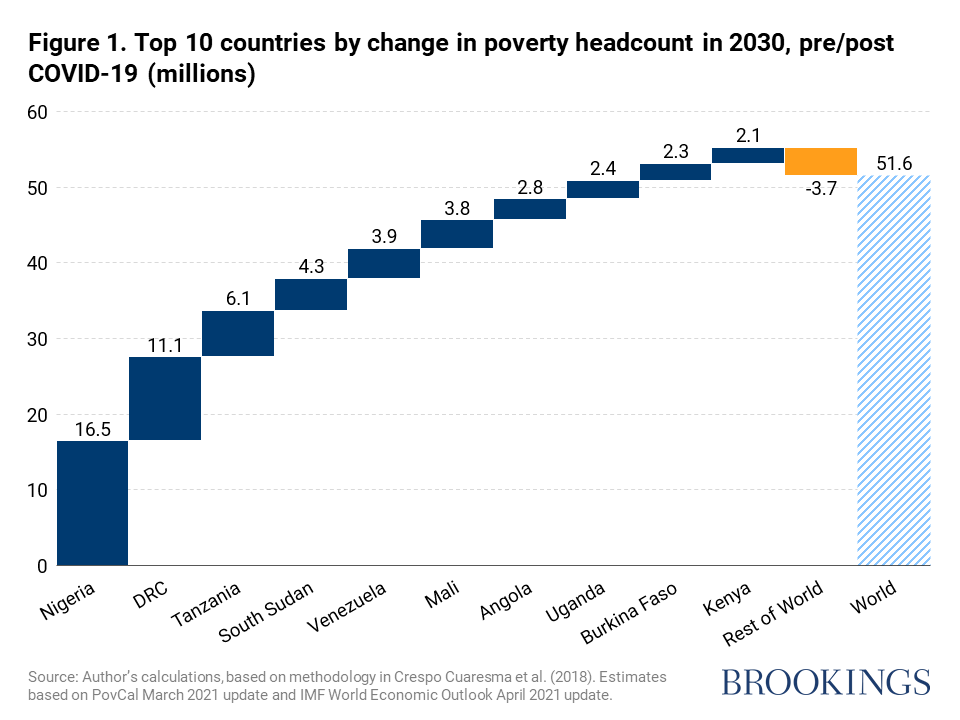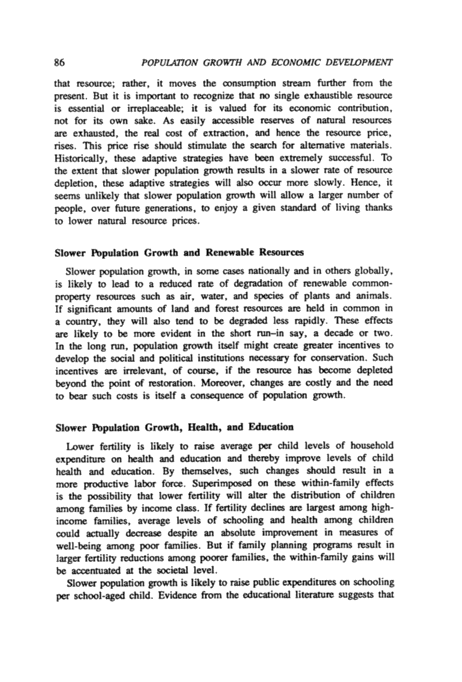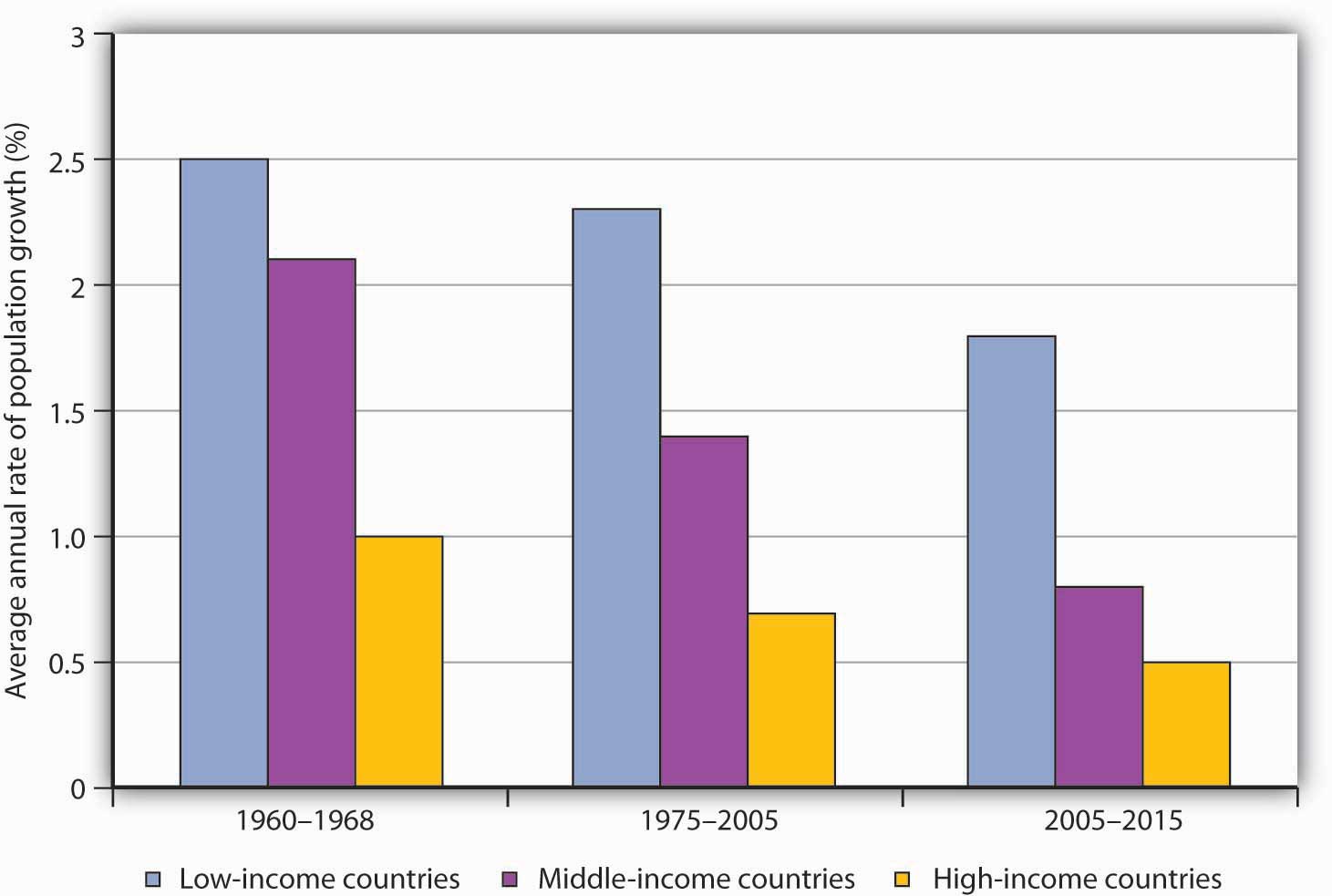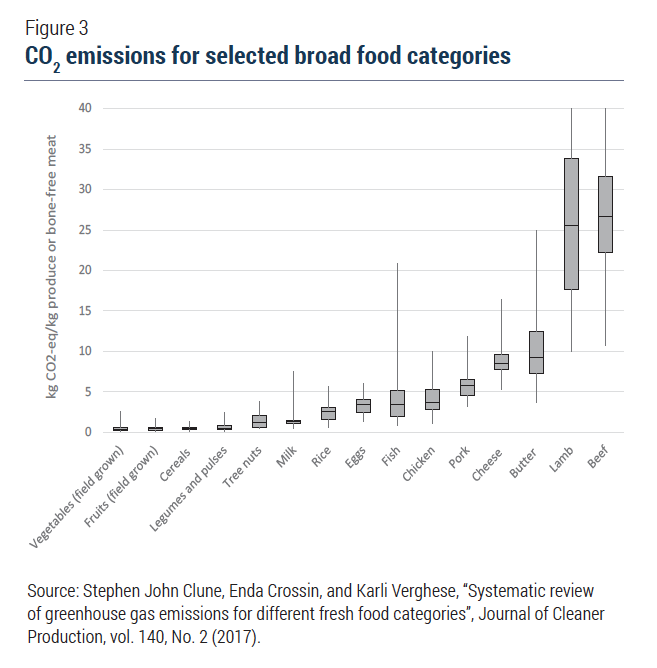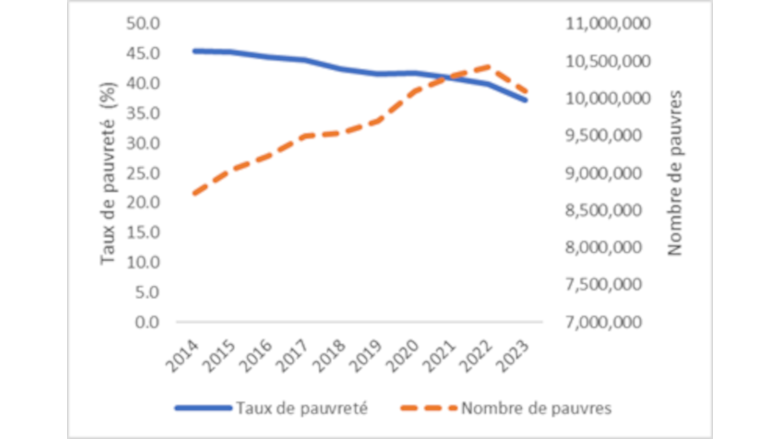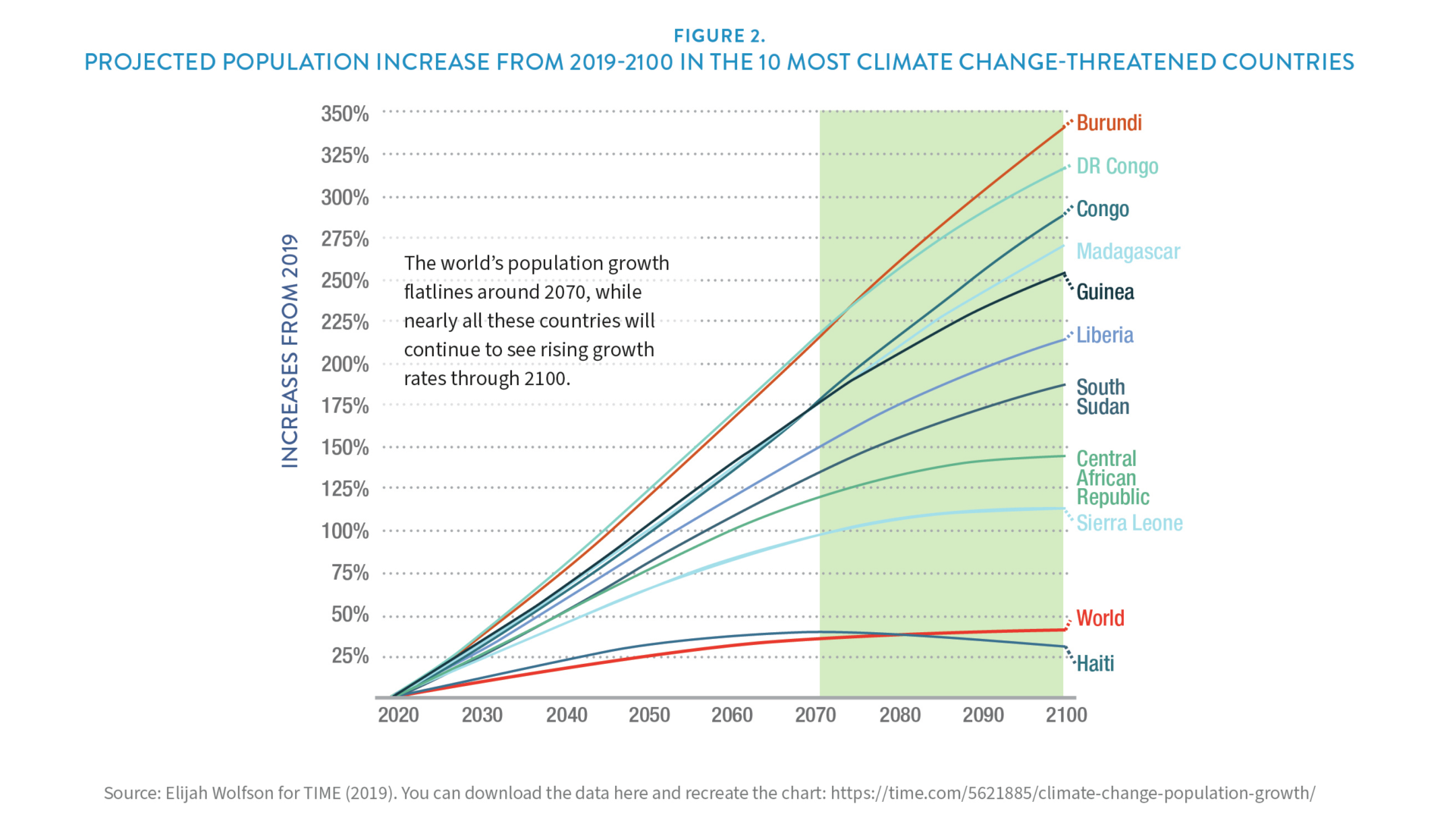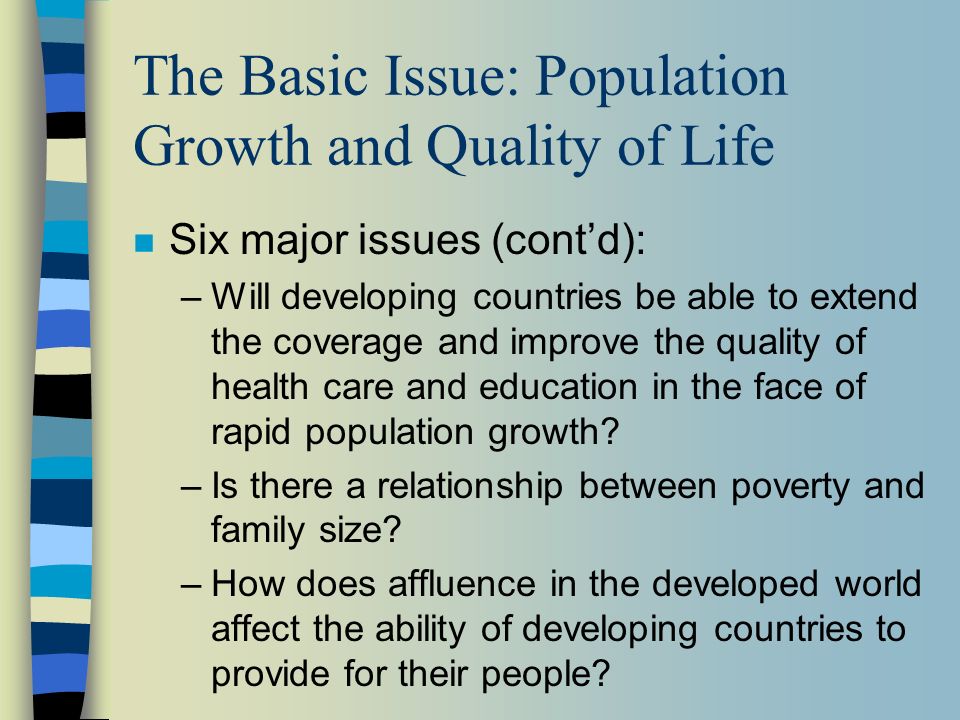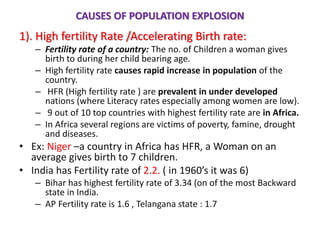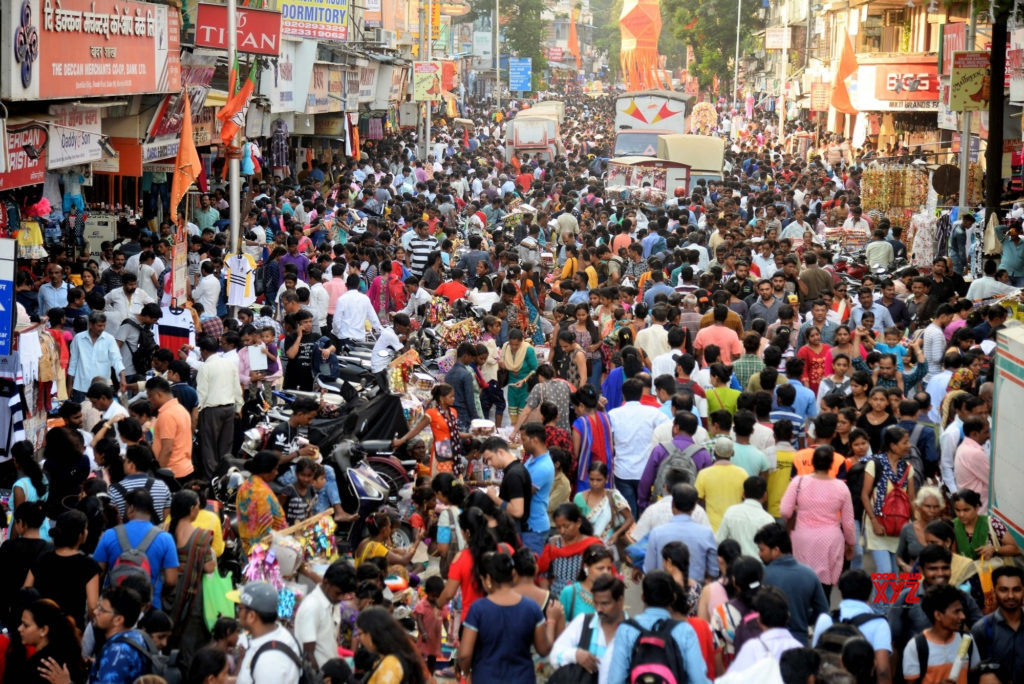Population growth and poverty are often intertwined and can have complex relationships with one another. On one hand, population growth can lead to increased competition for resources and job opportunities, which can result in poverty for some individuals. On the other hand, poverty can also lead to population growth as families may have larger numbers of children in an effort to increase their income through child labor or to provide for their family in old age. Additionally, poverty may also be caused by a lack of access to education, healthcare, and other social services, which can contribute to population growth.
One argument is that population growth can lead to poverty by increasing competition for resources and job opportunities. As the population grows, there may be a limited supply of land, water, and other resources, which can lead to resource scarcity and drive up prices. This can make it difficult for poorer members of society to afford these resources, leading to further poverty. Additionally, as the population grows, there may be more competition for jobs, which can lead to lower wages and increased unemployment. This can also contribute to poverty, as individuals may not have the means to provide for themselves and their families.
However, it is important to note that population growth is not the only factor that can lead to poverty. Poverty can also be caused by a lack of access to education and healthcare, as well as systemic issues such as discrimination and inequality. For example, if individuals do not have access to education, they may not have the skills or knowledge needed to secure well-paying jobs, leading to poverty. Similarly, a lack of access to healthcare can lead to poor health outcomes, which can prevent individuals from being able to work and contribute to their families' income.
Additionally, poverty can also contribute to population growth. In some cases, families may have larger numbers of children in an effort to increase their income through child labor or to provide for their family in old age. In other cases, a lack of access to family planning services and education about reproductive health can lead to unintended pregnancies and population growth.
Overall, it is clear that population growth and poverty are complex issues that are influenced by a variety of factors. While population growth can contribute to poverty in some cases, it is not the only factor at play. In order to address poverty effectively, it is important to consider the various social, economic, and systemic factors that contribute to it. This can involve addressing issues such as inequality, discrimination, and a lack of access to education and healthcare, in addition to addressing population growth.
